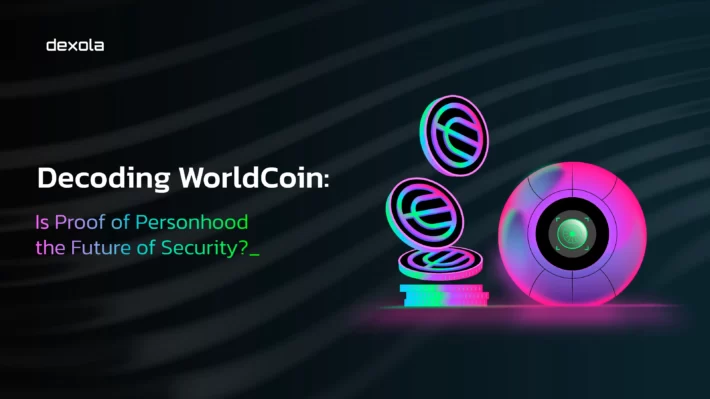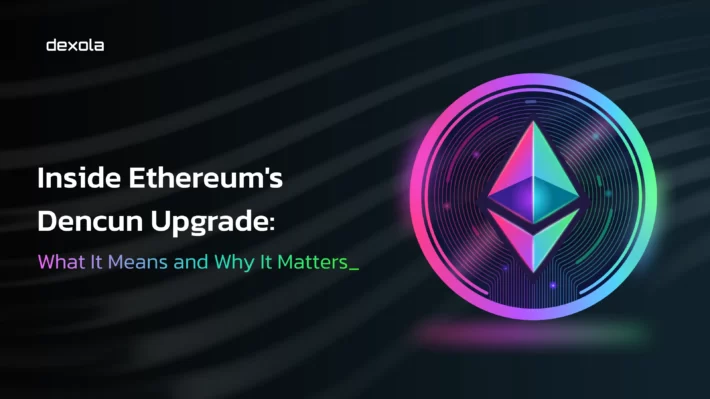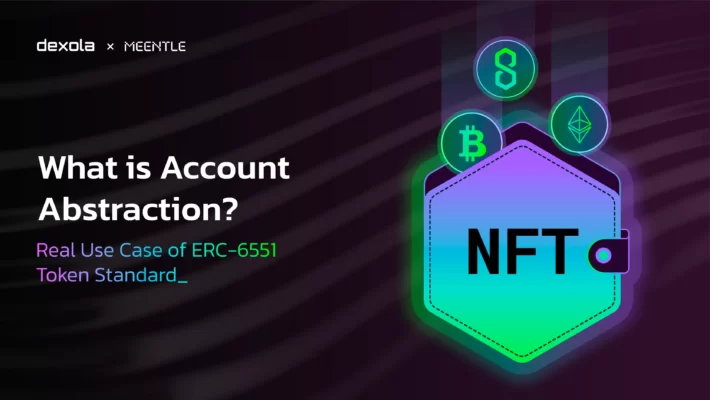Ethereum Liquid Staking Overview: What Is It and Benefits
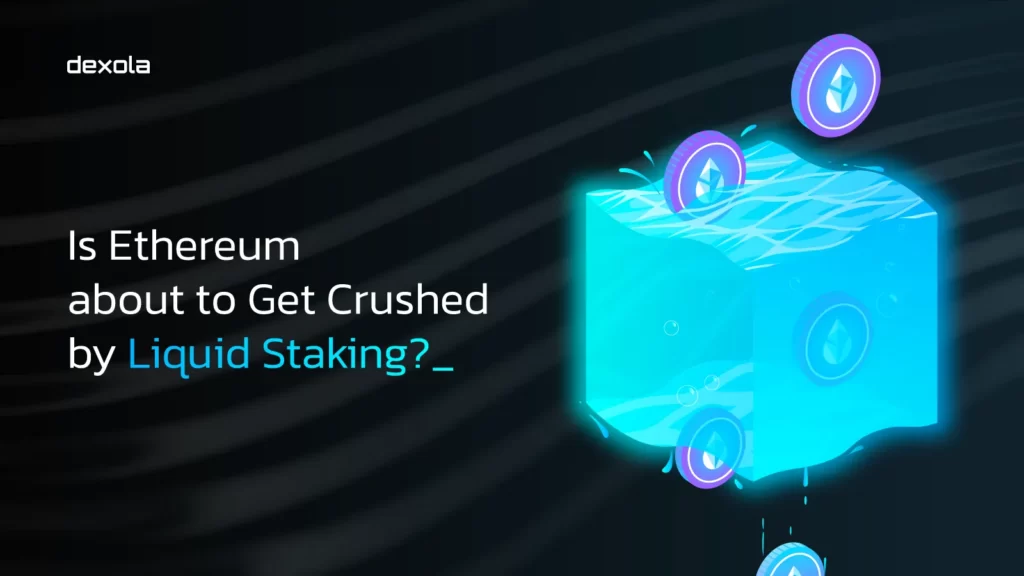
There is a concept called the Nakamoto Coefficient, which represents the number of large miners or validators that control over 33% of the network’s hash rate or total stake. This metric gauges the network’s security. If it is low, then these major players could potentially compromise the network by triggering a Byzantine fault.
The Nakamoto Consensus value is from 6 to 64 for most popular blockchains and only for Ethereum, it is 2. This number would likely be higher — and therefore better — if not for liquid staking.
In this Ethereum liquid staking overview, we will tell you what is Ethereum liquid staking and cover the biggest benefits, and risks of this approach.
From Mining to Liquid Staking
Satoshi Nakamoto introduced Proof-of-Work mining as a mechanism for implementing the economic security of the Bitcoin network. To produce blocks, miners need to focus on three key tasks: setting up the node, maintaining it, and upgrading their hardware to stay competitive.
Even in a moderately developed network, a malicious actor intending to hijack the network would need to invest money in servers to produce 51% of the hash rate. The more developed the network is, the more costly it becomes to make a successful 51% attack.
The concept of Proof-of-Stake consensus mechanism made network security more straightforward. The more tokens (i.e., money) a validator invests, the more rewards they collect. And unlike PoW mining, the validators do not have to buy illiquid equipment and can sell their tokens wherever they want.
Proof-of-Stake also introduces staking limits. For example, to spin up a validator node on Ethereum one has to hold 32 ETH (~$50,000). In most blockchains, developers have implemented a delegation mechanism, where regular users delegate the staking rights of their smaller holdings to existing validators. The economic security grows, validators earn more and share the profits with their delegators.
However, even with the delegation mechanism, staking has a downside: tokens are locked up for a set period, making quick withdrawal impossible. Liquid Staking addresses this issue.
A Liquid Staking provider accepts users’ tokens and returns its own tokens in exchange. For example, Lido takes ETH, stakes it and returns stETH, which represents the amount of ETH staked. stETH is literally backed by ETH staked in Lido’s validator nodes. The user then can exchange stETH for ETH on Lido, immediately sell stETH on any popular exchange or use it elsewhere. That’s what “Liquid” in Liquid Staking stands for — liquidity.
In other words, Liquid Staking is similar to Treasury bonds. They generate yields while you hold them, and you can sell them at any time.
Let’s look deeper into Ethereum liquid staking protocols and how market perceives them.
Why Liquid Staking Can Cause Ethereum Security Big Troubles
Liquid Staking both Ethereum has become the most convenient way to stake it. Participants don’t have to maintain nodes while earning returns, and at the same time, their assets remain liquid.
The most popular Liquid Staking service, Lido Finance started with $12 million in staked ETH in January 2021 and now has a total value of $14 billion in staked ETH (8.7 million ETH) as of September 2023.

To put things into perspective, Lido has the biggest total value of Ethereum Liquid Staking Derivatives or Tokens with 71% market share.
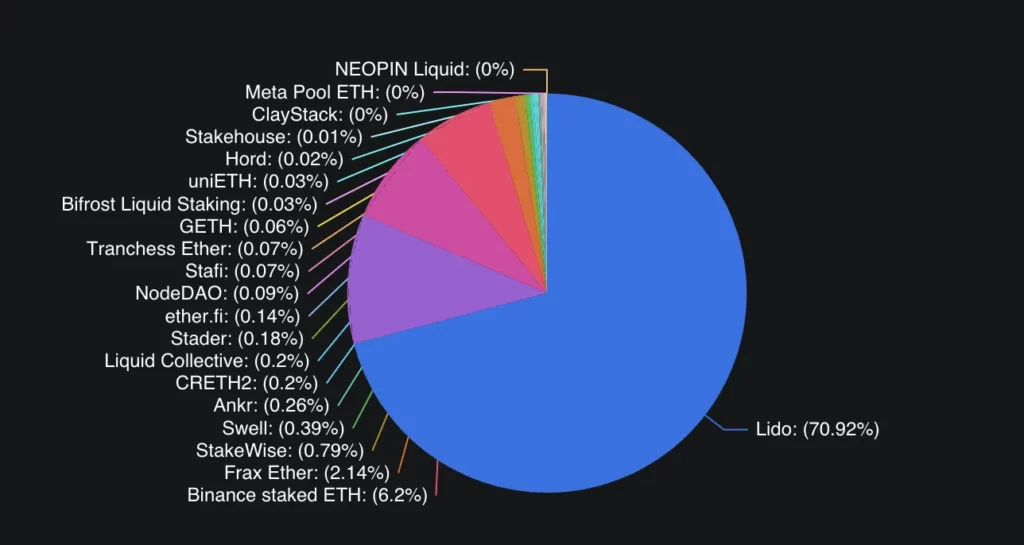
On a network scale, Lido remains the largest validator, holding a 32.3% market share. Together with the Coinbase Liquid Staking service, they control 40.6% of the total staked ETH.
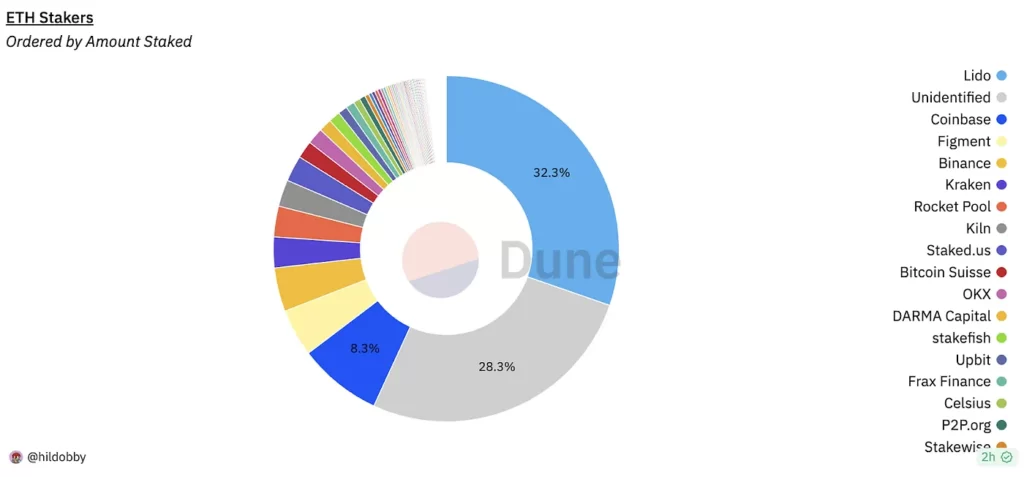
In theory, this means Lido and Coinbase could disrupt the network by blocking transactions, given that their combined 40% share could compromise the consensus mechanism.
Seraphim Czecker, DeFi Expansionist at Lido, explained at the Token2049 Singapore Conference that Lido, in fact, cannot do so. Node operators on Lido represent less than 1% of total nodes and despite holding 32% of total staked ETH Lido cannot control the network.
To combat potential centralization, Rocket Pool, StakeWise, Stader Labs, and Diva Staking have agreed to limit themselves to a 22% share. They will not accept new deposits if their pools hold more than 22% of all staked ETH.
How to be Sure that Big Players Won’t Crush Ethereum
The staking limit is actually a good initiative. Some blockchain protocols like NEAR are developing strategies to distribute the biggest holders’ stakes between smaller validators to decentralize the network and bolster security.
Seraphim said that Lido in fact is decentralized and governed by DAO. LDO holders make the decisions and in theory, they can vote to join the 22% limit initiative.
Also, Lido and other major Liquid Staking providers aren’t interested in censoring the Ethereum network as they will lose their reputation and their customers.
Aside from a low Nakamoto Coefficient, another form of centralization issue exists in Ethereum liquid staking tokens. 44% of Ethereum nodes are hosted in the United States.

In the event of a major outage or regulatory issues, the Ethereum network would face a significant shortage of validators in the current epoch. A Lido spokesperson is certain that Liquid Staking providers should prioritize global node distribution and establish more nodes in Europe, Africa, and Asia.
What Does Ethereum’s Co-Founder Think about Liquid Staking?
In the latest article, Vitalik Buterin also highlights some centralization concerns with Ethereum liquid staking. People naturally lean to use the largest and most well-known staking services, like Lido and Rocketpool.
Each of these services has a mechanism to whitelist who can be a node operator, which has its own risks. For instance, Rocketpool allows anyone to operate a node with an 8 ETH deposit, which poses a risk of a 51% attack on the network. Lido uses a DAO to whitelist node operators, but its dominance could lead to a single point of attack for a large portion of all Ethereum validators.
Buterin suggests that some in-protocol functionalities might help to make liquid staking less centralizing, but the specifics are still open for discussion. He mentions possible protocol tweaks and in-protocol fungible staking tokens as possible solutions but notes that a careful balance has to be maintained to prevent centralization or vulnerability to attacks.
Ethereum’s Co-Founder believes that careful protocol design could mitigate these risks, although the exact form this should take remains an open question.
Final Words
At Dexola, we keep a close eye on crypto staking, particularly the ongoing debate surrounding liquid staking. While Ethereum liquid staking offers undeniable benefits for stakers, its impact on network security remains a topic of discussion.
This article provided an overview of the liquid staking protocols on Ethereum, highlighting their advantages like convenience and continued liquidity for staked assets. We explored the concept of the Nakamoto Coefficient and how the concentration of staked ETH in services like Lido can potentially compromise security.
However, it’s important to remember that liquid staking providers have a vested interest in a secure and healthy Ethereum ecosystem. Disrupting the network would ultimately harm their reputation and business model. Additionally, initiatives like the 22% staking limit demonstrate a proactive approach towards decentralization within the liquid staking space.
The future of liquid staking projects on Ethereum and its impact on network security is still being written. Ethereum’s developers are actively exploring solutions like in-protocol fungible staking tokens and protocol tweaks to mitigate centralization risks.
While liquid staking offers a user-friendly entry point, it’s not the only option available. Traditional staking through a secure wallet and node setup can provide a more hands-on approach with potentially higher rewards. Ultimately, the best strategy depends on your individual risk tolerance and technical expertise.
Want more? Read about what is Ethereum restaking in our blog.
Dexola is here to support you on your crypto journey. We offer a wealth of resources, including guides and tutorials, as well as white-label Web3 solutions and smart contracts development service to help your business. Feel free to contact our team of experts for Ethereum liquid staking tutorial and assistance in setting up your staking strategy.
